Profile
Addiction counsellor advises youth… Stay away from alcohol, it can ruin your life
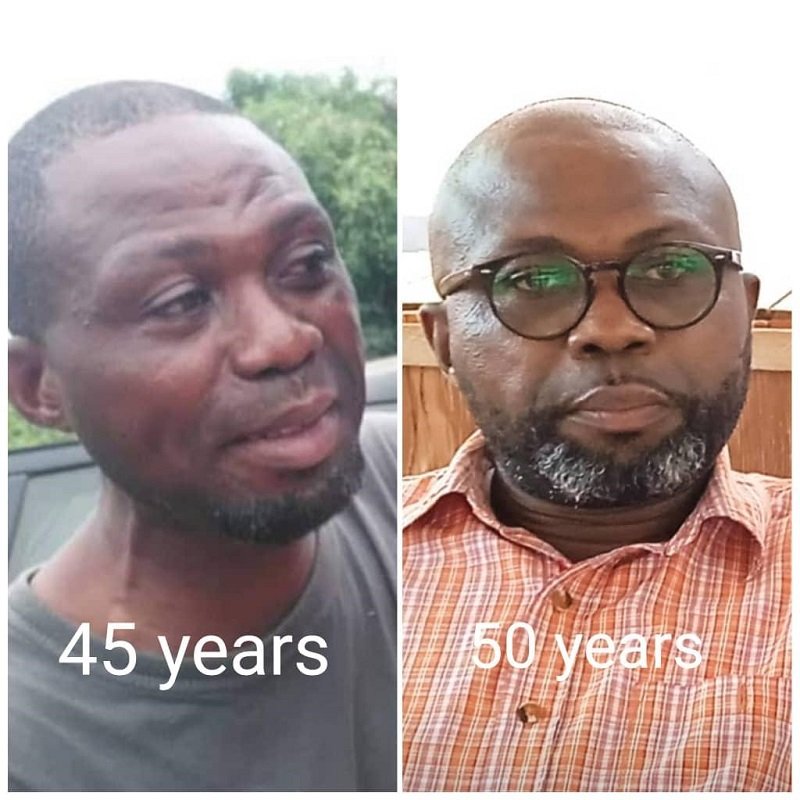
Don Richie looked older at 45 years and battling alcoholism (left) than at 50 and overcoming it
When Richard Nii Adjei Otchwemah decided to celebrate his completion of secondary school with alcoholic drinks, little did he know it was going to be the beginning of a long battle with alcoholism for almost 30 years of his life.
‘The Don’ or ‘Don Richie,’ as he was called, because he was always the boss and leader of most activities among his friends, recalled that after their final exam, he and some of his friends decided to do something adventurous to celebrate completion of that level of education.

“Right at the gate of the school, someone was selling palm wine and so we had a good taste of it,” Mr Otchwemah, who is now an Addiction Counsellor disclosed this in an interview with The Spectator on the sidelines of an occasion to celebrate persons who had recovered from substance abuse at the House of St. Francis Alcohol and Drug Addiction Treatment and Rehabilitation Centre in Ashaiman.
He said while waiting for his results, he was taken out regularly by a friend to have a bottle or two of beer.
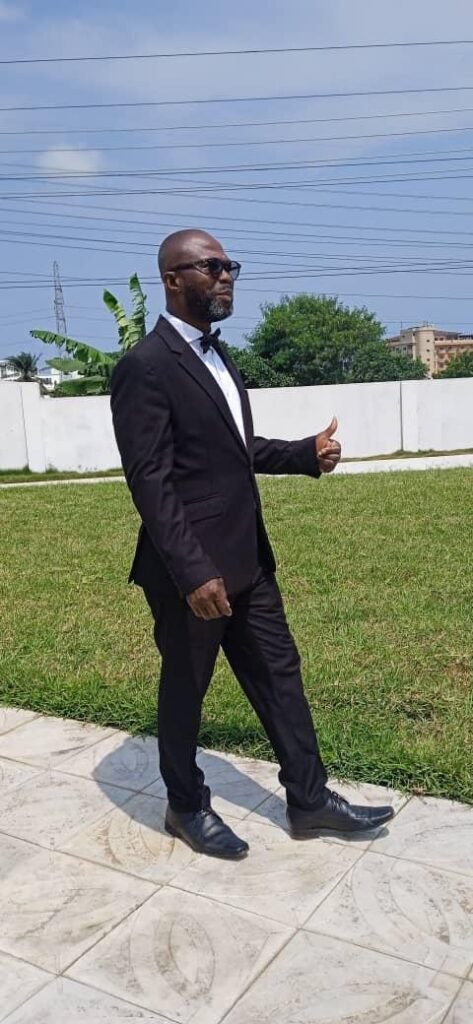
“Drinking alcohol was not a habit until after Sixth Form when I was posted to a remote village to do my National Service. It was without electricity and water. The food was also bad so the only thing providing us with joy was hard liquor (akpeteshie), which was providing the ‘appetite’ to enjoy the meal” he narrated.
“But at home, I could eat without the alcohol as appetite because the food was good.”
He said after his graduation from University, he got married and was still drinking, recalling how he took his wife to drink.
That continued after marriage as his crave for alcohol became persistent while his wife became concerned and started expressing her displeasure about it.
Mr Otchwemah stated that in the process, he lost his influence on his family and community which previously considered him as a role model and very responsible person.
As if that was not enough, alcoholism affected him greatly when pursuing a Master’s programme. He struggled to study and procrastinated on things to do.
Consequently, he felt his life was moving backwards and begin to lose his friends, family and even his job because he sometimes missed some days at work due to drinking.
The Addiction Counsellor said he spent almost all his time at drinking bars and preferred to be with like-minded people in order not to be discriminated upon.
In the process, he sometimes found himself on the wrong side of the law due to excessive drinking and also sustained various degrees of injuries from falls or fights caused by his drinking habit.
The turning point for him was when some old friends who had shown him so much love and respect over the years spoke to him passionately about the developments in his life and the need for him to get help.
He noted that there was an earlier attempt by some family members to get him to seek help from a rehabilitation centre but he returned home after a month and started drinking again.
According to him, that attempt did not work because he had gone there out of frustration due to the pressure from his friends and a desire to make them happy.
The 50-year old narrated that the approach by his friends did not sound manipulative and so in August 2019, he decided to seek professional help from the House of St. Francis.
“And to the glory of God, I am back to my old self. The last month of August was exactly five since I tasted alcohol. I communicate well and I am polite with people. I say sorry when I offend them and also communicate well if I have concerns about issues without resorting to alcohol. I have not taken alcohol for five years and the good news is that I am helping others to do same,” he said.
He says it was important for society to treat persons battling addiction of any form with love and respect.
“Such people must be treated with respect. If possible, such people should be referred to persons who they respect and have a lot of regard for, because the process is all about conviction.”
He says after recovery, those who helped them should not use the roles they played as an opportunity to manipulate, blackmail or disrespect them otherwise they might relapse out of frustration.
The Addiction Counsellor appealed to the Ministry for Education and the Ghana Education Service (GES) to vigorously start a campaign to get students in the Junior and Senior High Schools to be educated on the dangers of alcohol.
He noted that the focus had over the years been on drugs and weed to the neglect of alcohol which is also destructive to its users.
For the youth, the best advice he could offer them was to abstain from alcohol because it has the potential to destroy them.
From Dzifa Tetteh Tay, Ashaiman
Profile
Prof. Raphael Nyarkotey Obu …first Natural Medicine Lawyer in Africa

Prof. Nyarkotey
Professor Raphael Nyarkotey Obu, a distinguished naturopathic Professor and an esteemed advocate for traditional and complementary medicine, has made history by becoming the first naturopath in Africa to be called to the Gambia Bar.
Known for his exceptional dedication to advancing healthcare through both legal and technological frameworks, Prof. Nyarkotey is pioneering a new era in traditional and naturopathic medicine.
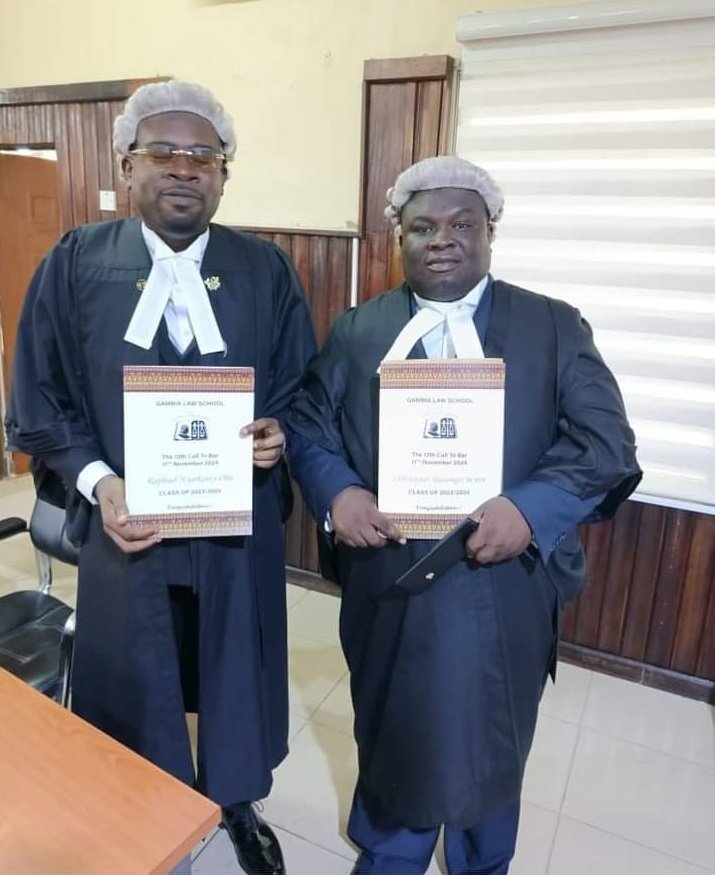
At just 39 years old, he is already transforming healthcare across the continent and using his legal expertise to shape a regulatory framework for traditional and complementary medicine, bringing a new level of professional credibility and public trust to the field.
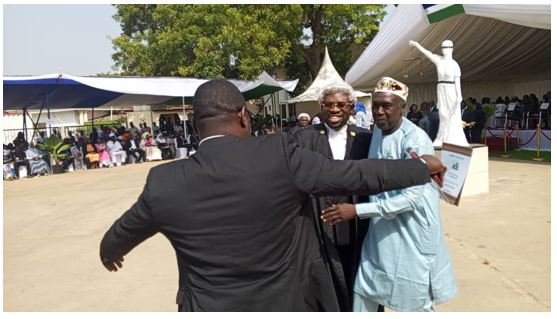
In addition to his recent legal accomplishment, Prof. Nyarkotey serves as the president of Nyarkotey University College of Holistic Medicine and Technology, Ghana’s first naturopathic medical school, which he founded to provide education in holistic health and technology.
His leadership extends further: he led a team to develop Ghana’s first National Occupational Standards in naturopathy and holistic medicine at the HND and BTech levels under the Commission for Technical and Vocational Education and Training (TVET).
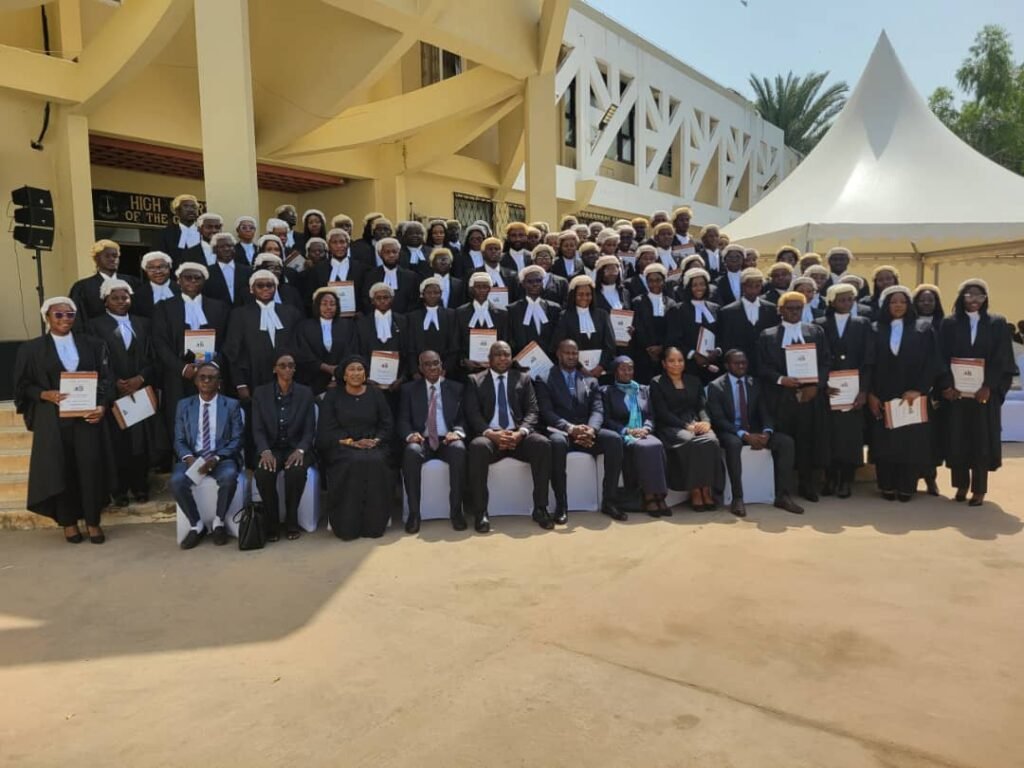
These achievements, along with his work as General Secretary of the Ghana Alternative Medical Practitioner Association (GAMPA) and as part of the research advocacy team for the World Naturopathic Federation in Canada, underscore his commitment to raising standards and advancing the professional development of alternative medicine across Africa.
In the Gambia, Prof. Nyarkotey has supported traditional healers and pioneered evidence-based naturopathic medicine. He also used his legal training days to raise awareness of Gambia’s forgotten herbs and made them popular through his scientific writing.
He has authored so many legal commentaries on the regulatory legislative framework on traditional and naturopathic medicines in the Gambia and Africa.
“With my legal qualifications, I aim to work with various African governments and health organisations to create a unified framework that supports traditional and complementary medicine,” said Prof. Nyarkotey Obu.
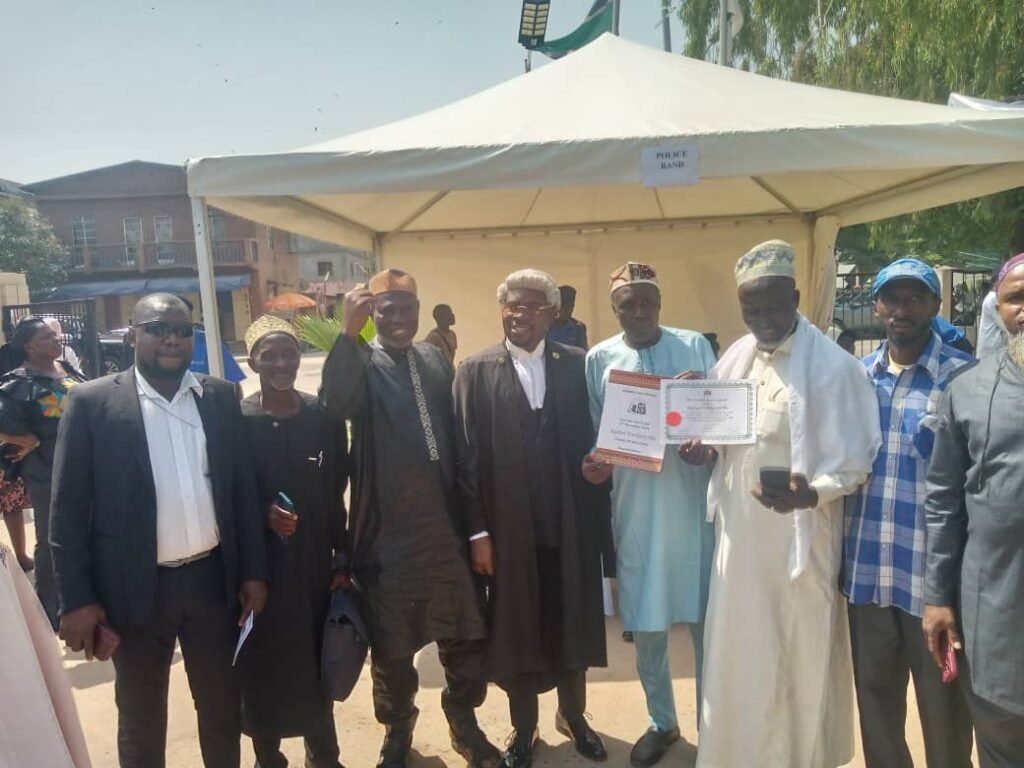
“There is a growing demand for these practices, yet the lack of regulation often leads to misuse and public skepticism. My goal is to bring about a change in how these treatments are perceived and implemented, safeguarding public health and honouring African traditions,” he added.
Prof. Nyarkotey is not only a renowned Naturopath, but also doubles as a Chartered Health Economist and Chartered Management Consultant.
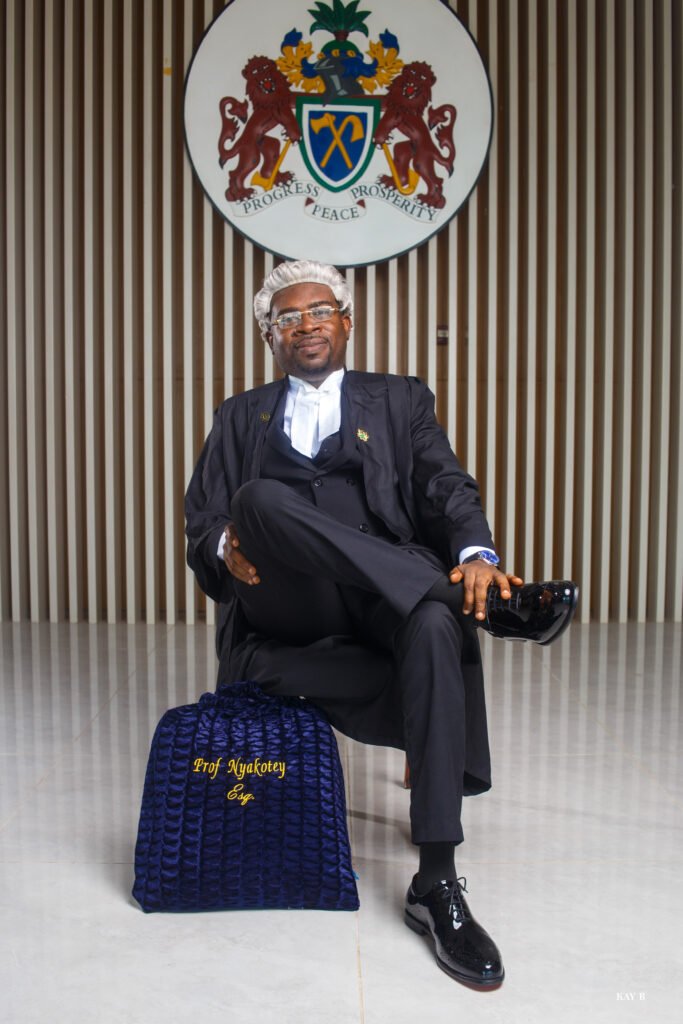
He is also pursuing a second MPhil/PhD in Law and Development at the Institute of Development and Technology Management (IDTM) in Cape Coast, Ghana.
His research focuses on medical negligence and Alternative Dispute Resolution (ADR), an area of critical importance for African healthcare. By promoting ADR, he aims to provide pathways for fair, non-litigious resolutions, protecting both practitioners and patients within traditional medicine.
Prof. Nyarkotey is also at the forefront of exploring Artificial Intelligence (AI) in traditional and naturopathic medicine, investigating ways AI can revolutionise the delivery and personalisation of natural medicines.
This approach promises new, tech-enhanced treatment options for underserved communities, enabling traditional healers to leverage data-driven insights for better patient outcomes.
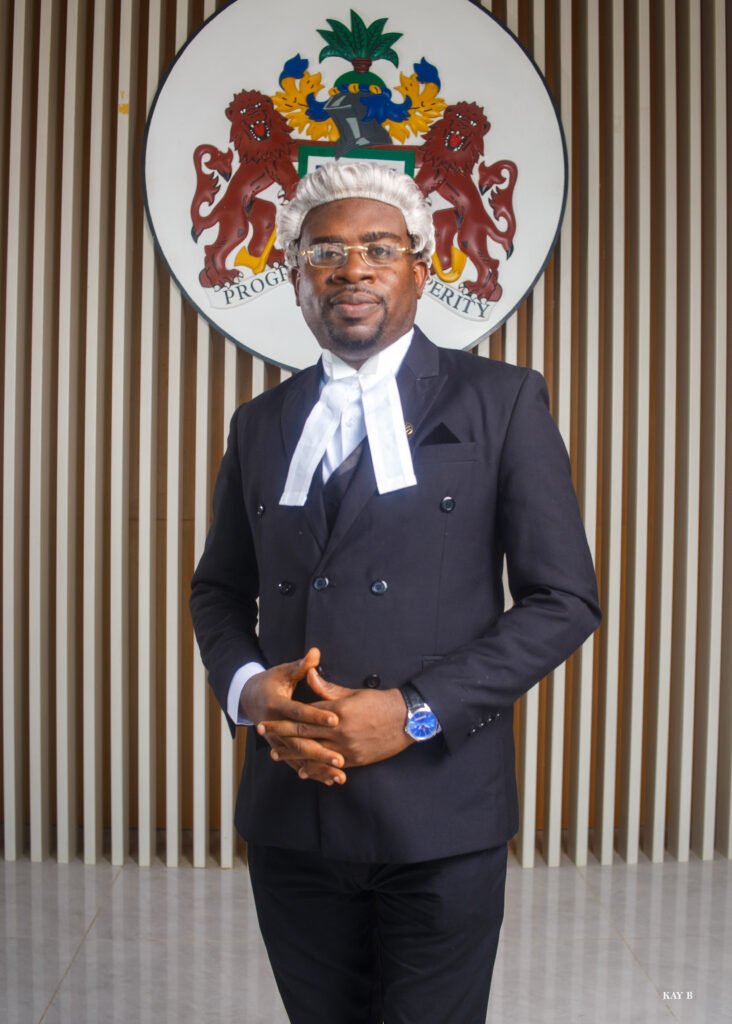
As a deeply committed Christian, Prof. Nyarkotey balances his professional pursuits with a strong personal faith. His determination and leadership have made him a trailblaser, setting a new standard for traditional and naturopathic medicine in Africa.
His upcoming consultancy firm aims to unite healers and legal experts, offering regulatory and technological support, as well as legal protection for traditional healers.
Prof. Nyarkotey’s journey, from founding Ghana’s first naturopathic school to joining the Gambia Bar, reflects his drive to secure a place for traditional and naturopathic medicine in Africa’s healthcare landscape, and building a future where it is both accessible and regulated. His visionary leadership is helping ensure that traditional medicine will be a credible, trusted, and vital part of healthcare across Africa.
Profile
Jacqueline Antwi-Danso …NSERC Banting Postdoctoral Fellow at the David A. Dunlap Department for Astronomy & Astrophysics

In the 1990s, astronomers discovered two distant, massive galaxies that had completely stopped, or quenched their star formation. The discovery marked a complete shift in everything astronomers thought they knew about how galaxies formed.
Massive galaxies like the Milky Way took several billion years to form. But those newly discovered galaxies did so in just a fraction of that time.
“The discovery meant that these galaxies were older than the age of the universe, which is physically impossible,” says Jacqueline Antwi-Danso, the NSERC Banting Postdoctoral Fellow at the David A. Dunlap Department for Astronomy & Astrophysics.
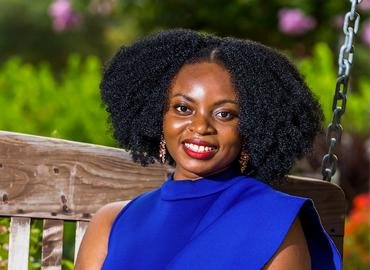
“When we look at the formation histories of these distant quenched galaxies, the observations suggest that they formed too quickly and too early compared to what we see in cosmological simulations.”
Antwi-Danso is tackling one of astronomy’s biggest challenges in her search to find the earliest distant quenched galaxies in the universe. She is particularly interested in how these galaxies formed and when they stopped forming stars.
Astronomers have discovered several more distant, quenched galaxies at increasingly earlier periods in the universe’s history. These galaxies are more massive than the Milky Way and yet formed within a billion years of the Big Bang (which happened nearly 14 billion years ago). In other words, they formed their stars extremely rapidly, unlike any galaxy observed in the present-day.
So, what does this all mean for astronomers? The extreme star formation processes implied by these observations of distant quenched galaxies are uncomfortably close to the limits permitted by galaxy formation physics. Therefore, trying to understand these objects in more detail is a high priority research area for astronomers.
Massive galaxies like the Milky Way have up to a trillion stars and are characterised by luminous, spiral-like arms of active star formation. Meanwhile, distant, quenched galaxies are composed of old stars and look like relics: small orange-red blobs. This is because their light has been “stretched out” to infrared wavelengths due to the expansion of the universe, which also makes them fainter and harder to spot.
At U of T, Antwi-Danso is building on significant findings from a study she participated in as a PhD student at Texas A&M University. Using the 8-metre telescope at the Gemini South Observatory based in Chile, the FENIKS collaboration surveyed large areas of the sky to increase the chances of finding these rare massive galaxies. They designed and installed two new imaging filters on the telescope to push the boundary of what was possible with ground-based infrared telescopes. The survey led to two critical discoveries.
The first was the identification of two new distant quenched galaxies. The discovery confirmed existing knowledge about the formation histories of distant galaxies, “namely, that these galaxies form too early and too quickly based on what theory predicts,” Antwi-Danso explains.
The study also highlighted that astronomers can reliably use ground-based telescopes to observe distant quenched galaxies as far back as 12.5 billion years into history of the universe. To detect them at earlier times than this, space-based data is required.
Additionally, astronomers are rethinking long-standing models of galaxy formation as they observe distant quenched galaxies with supermassive black holes at their centers emitting energetic radiation.
This is important, Antwi-Danso says, because the differing models for light emission from stars and supermassive black holes can affect estimates of the physical properties of these distant galaxies.
As more questions arise, there is an increasing need to ensure the accuracy of the physical properties of distant quenched galaxies derived from modeling their observations. Fortunately, there have been significant technological advancements to address this need.
Harnessing the power of space-based technology
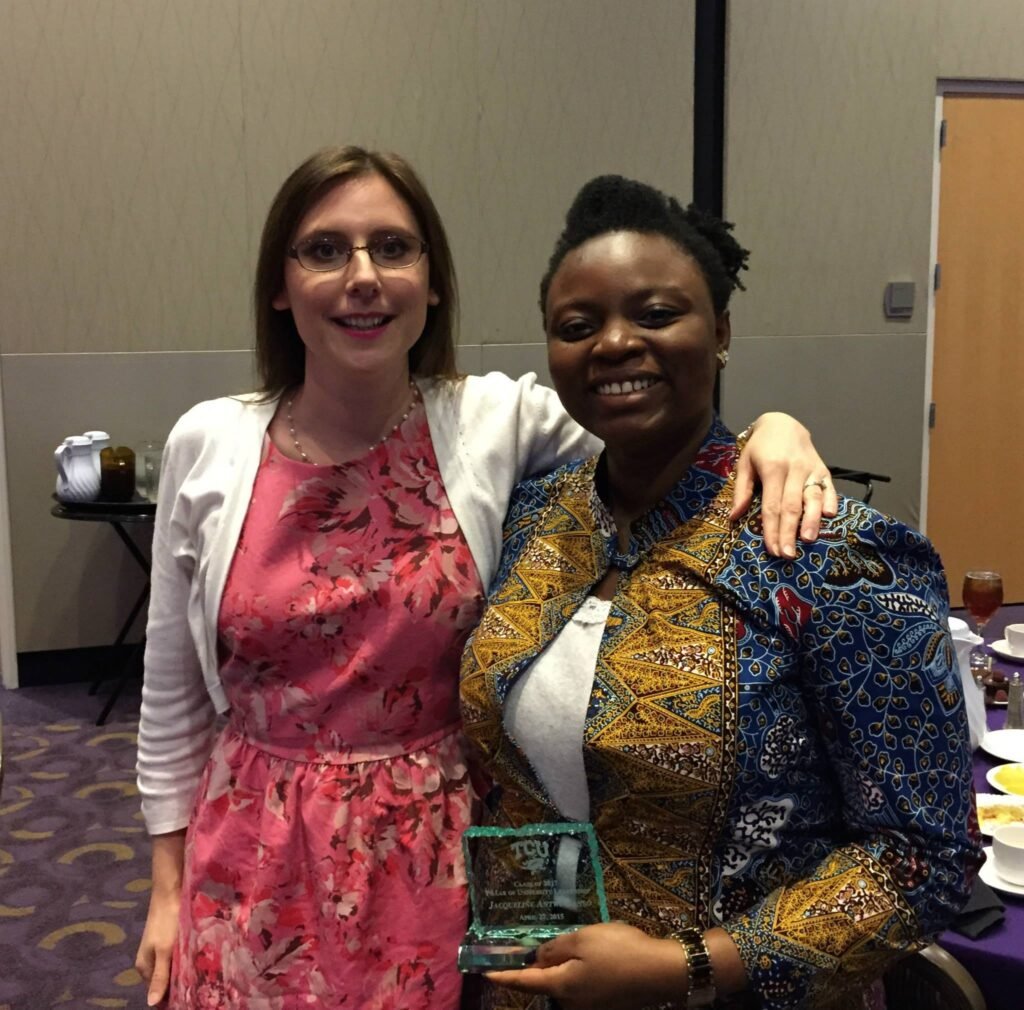
The next stages of Antwi-Danso’s research involve further exploration of those two distant galaxies she discovered from Chile. To do so, she’s leveraging the power of the James Webb Space Telescope (JWST).
Distant galaxies are hard to detect because their emitted light is shifted to infrared wavelengths, where the earth’s atmosphere blocks most of the light. The sky in the infrared is about 10,000 times brighter than the typical distant massive galaxy. This makes it extremely difficult to detect the most distant quenched galaxies using ground-based telescopes.
The JWST – which launched in December 2021 – is about 100 times more sensitive than the largest ground-based infrared telescopes and can observe galaxies in a fraction of the time of its predecessors.
In fact, it has doubled the number of spectroscopic observations of the most distant, quenched galaxies within only two years of operation. Before its launch, astronomers had spectra of only 35 of these galaxies observed within the first two billion years of the universe’s history.
To further observe those two galaxies, Antwi-Danso will use data from the JWST to examine their spectra – the light emitted by these galaxies over a range of wavelengths – which can reveal information like chemical composition. Insights will help provide a more accurate understanding of their formation histories to compare with updated cosmology simulations, and, hopefully, offer new answers about possible tensions between theory and observations.
Additionally, Antwi-Danso is part of the Canadian NIRISS Unbiased Cluster Survey (CANUCS), a multi-institutional collaboration that uses gravitational lensing — a phenomenon where a massive object acts as a cosmic magnifying glass — to study the building blocks of the earliest galaxies.
Within that collaboration, Antwi-Danso is also a researcher on the Technicolor Survey, which employs multiple filters on the JWST’s Near-Infrared Camera to observe quenched galaxies at wavelengths that are inaccessible from the ground.
“We want to find galaxies that contain the first generations of stars, and then model their observations with galaxy formation models to infer their physical properties and star formation histories,” Antwi-Danso says.
With the technological advantages provided by the JWST to push the boundaries of distant galaxy observations, Antwi-Danso’s research will provide valuable insight into understanding how early galaxies came to be.
“We’re really excited to see where the results lead and to compare those observations with current theoretical predictions for these distant massive galaxies.”















